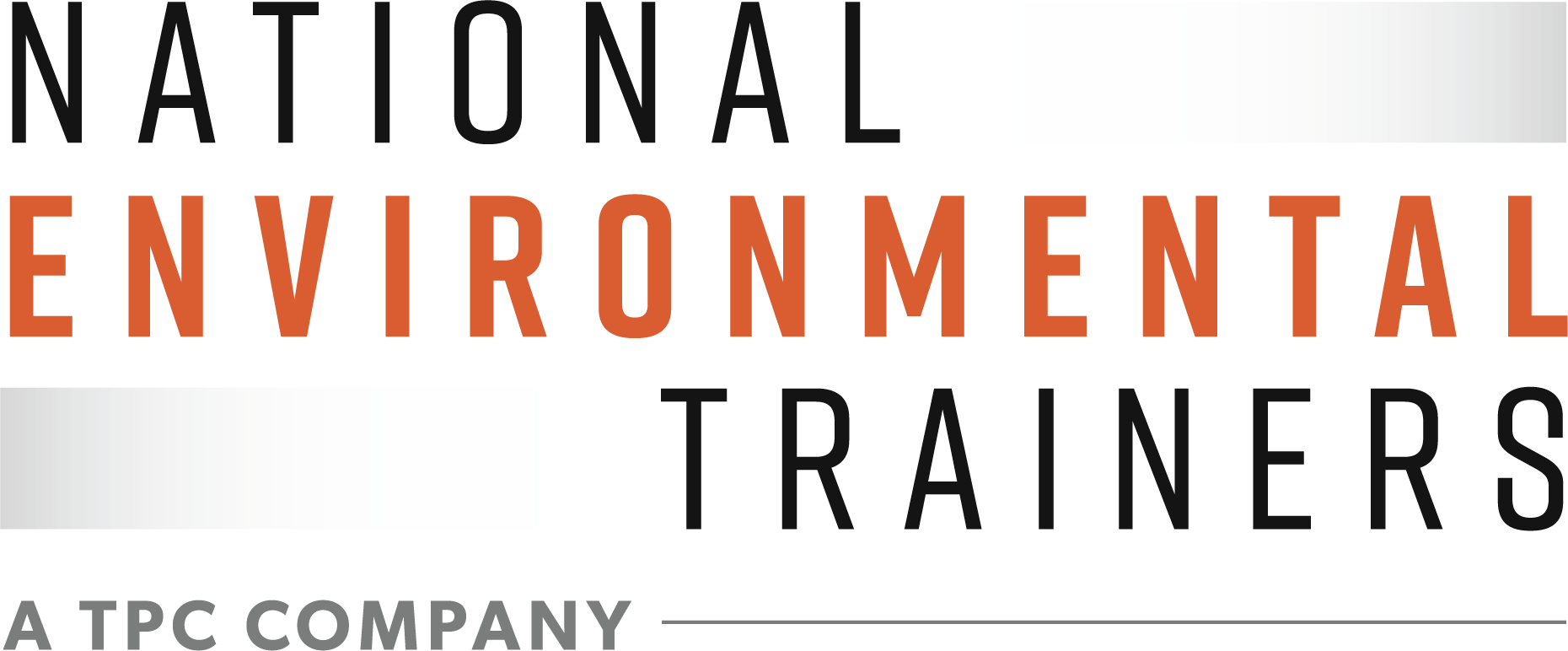Who is required to take RCRA Training?
Under the RCRA regulations small quantity generators (SQG) and large quantity generators (LQG) of hazardous wastes are required to provide personnel with initial RCRA training within 6 months of employment or assignment to a new position with hazardous waste management tasks and annual RCRA training thereafter.
An SQG generates between 100 kilograms (220 lbs.) and 1,000 kilograms (2,200 lbs.) of non-acute hazardous waste and no more than 1 kilogram (2.2 lbs.) of acute hazardous waste per calendar month. An SQG can store hazardous waste for 180 days or less but the storage amount cannot exceed 6,000 kilograms (13,200 lbs.). RCRA training is required.
An LQG generates 1,000 kilograms (2,200 lbs.) or more of non-acute hazardous waste or more than 1 kilogram (2.2 lbs.) of acute hazardous waste per calendar month. An LQG can store hazardous waste for 90 days or less. For a LQG, all “facility personnel” are required to receive this training. Facility personnel are defined under 40 CFR 260.10 as “all persons who work at, or oversee the operations of, a hazardous waste facility, and whose actions or failure to act may result in noncompliance with the requirements of part 264 or 265”. Although this definition is vague, EPA has indicated in various guidance documents and memos, individuals who perform one or more of at least the following hazardous waste functions are required to receive hazardous waste training:
- Label hazardous waste containers;
- Move hazardous waste containers;
- Perform inspections;
- Perform the functions of an emergency coordinator; and
- Prepare, review, or sign hazardous waste manifests
How do RCRA and OSHA training overlap?
RCRA training and OSHA required HAZWOPER training can overlap. The U.S. EPA enforces protection of the environment regulations and OSHA enforces worker protection regulations.
There are many times these two sets or regulation overlap. Facilities that have the potential for an emergency to occur due to an uncontrolled release of hazardous substances or hazardous raw materials are required to provide training required under HAZWOPER 29 CFR 1910.120 paragraph (q). Employers who have hazardous waste storage areas must provide training required under either 29 CFR 1910.120 (p)(8) or (q) for those areas. However, both paragraphs provide exemptions from the basic requirements if the employer intends to evacuate all employees in the event of and emergency and call in a trained emergency response team. In this case employers must provide an emergency action plan and training in accordance with 29 CFR 1910.38(a). The training requirements of 29 CFR 1910.38 are minimal, requiring the training of a sufficient number of persons to assist in the safe and orderly evacuation of employees in the event of an emergency.
The basic requirements of OSHA HAZWOPER paragraph (q) include the provision that all employees who work in and are where there is a potential for an uncontrolled release must have sufficient awareness training to recognize that the emergency response situation exists and to initiate emergency response procedures. This “Awareness Level” training typically takes 4 hours to complete and includes training in the following areas: (A) An understanding of hazardous substances and the risks associated with a release. (B) An understanding of the potential outcomes associated with an emergency created when hazardous substances are present. (C)The ability to recognize and identify the presence of hazardous substances in an emergency.
What are the RCRA regulations?
The RCRA regulations establish a comprehensive hazardous waste management system under the authority of RCRA Subtitle C. RCRA regulates hazardous waste from its point of generation through its point of final disposal. Hazardous waste generators must undergo RCRA training and are the first link in the cradle-to-grave hazardous waste management system. Pursuant to the authority granted by RCRA §3002(a), EPA has developed generator standards that address on-site accumulation of hazardous waste, cradle-to-grave tracking (manifest system), labeling, and recordkeeping and reporting requirements. These standards are found in 40 CFR Part 262.
The RCRA sets forth an approach for handling the volumes of waste generated in the United States each year. Based on the authority granted by RCRA Subtitle C, EPA developed regulations for the cradle-to-grave management of hazardous waste. Persons who produce hazardous waste, called hazardous waste generators, are the first link in this cradle-to-grave system and they must receive RCRA training. The RCRA regulations establish basic hazardous waste management standards for generators.
